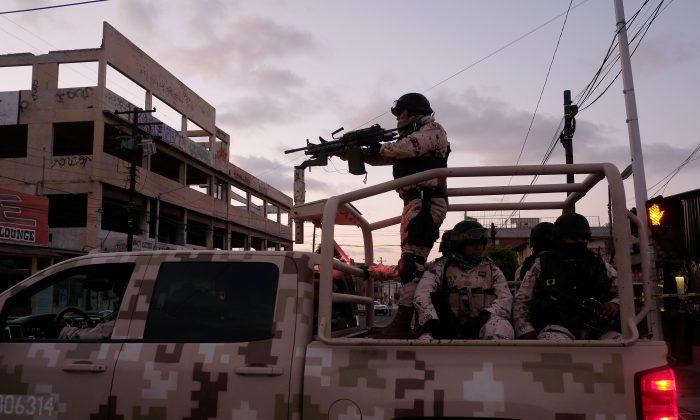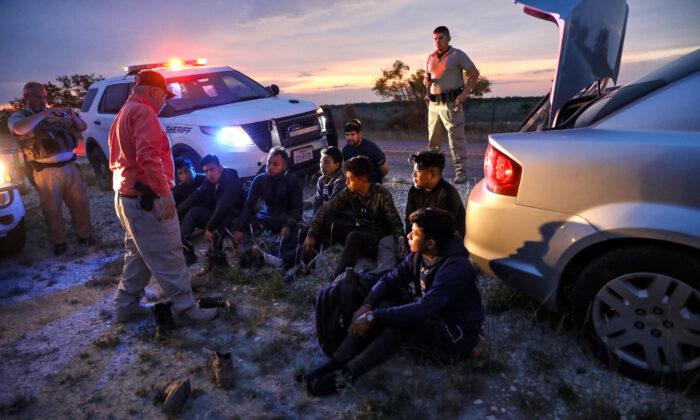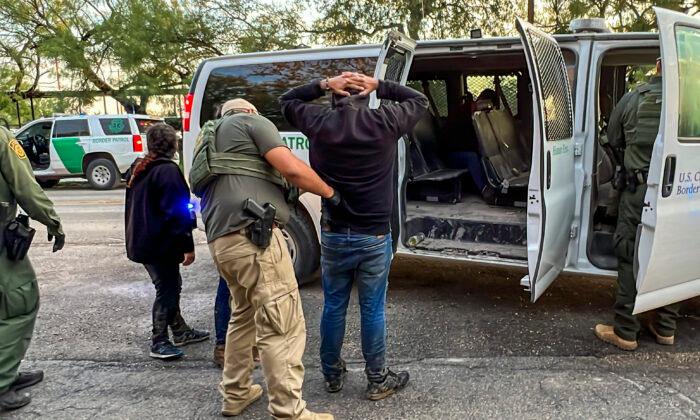WASHINGTON—The homicide rate in Mexico is rising at record-setting pace this year, with more than 30,000 murders in the first seven months.
It’s on target to hit almost 51,500 deaths by year’s end—about 1,000 more than in 2018 and 6,000 more than in 2017. That’s not accounting for the huge number of disappearances.
Cartel wars are causing bloodshed at the border, as well as in large port areas and major drug production areas.
Tamaulipas state, which borders Texas, has a U.S. State Department Level 4 travel advisory, which is a “do not travel” warning—the same as that given to Libya, Syria, and Afghanistan.
Derek Maltz, former head of the Drug Enforcement Administration’s (DEA) special operations division, is advocating for the State Department to label some Mexican cartels as terrorist organizations. Such a designation, he said, would help focus resources and give broader legal authorities to target and prosecute cartels.
“Obviously, law enforcement authorities alone have not been sufficient to address the cartel threat to America,” Maltz said. “[Cartels] are causing more death and destruction than any other organization, in the history of my life, to America.”
Maltz argues that America’s drug crisis, fueled by the cartels, is not just a health emergency, but also an unprecedented national security threat. In 2018, almost 70,000 people died of drug overdoses in the United States.
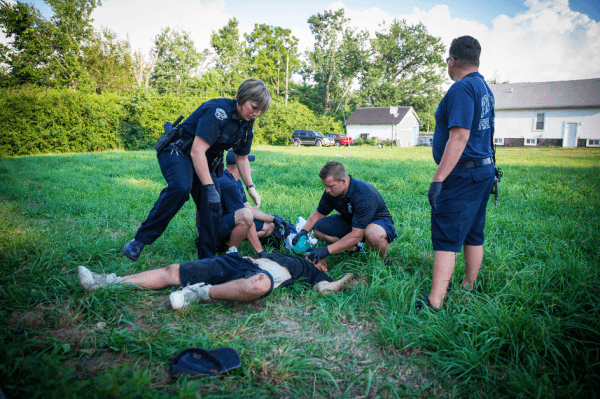
“It’s almost like a jihad against our country,” Maltz said, adding that major heroin traffickers in Afghanistan have said that selling heroin to the West is a way to perform a jihad.
“They’re killing the citizens of our country, they’re destroying our country, they’re causing us to focus our resources on this problem, [and] it’s helping to destabilize our country.
“Now you have Chinese organized crime that are making mass amounts of fentanyl in these labs in China ... selling it to the Mexican cartels. [They’re] combining the fentanyl with all the other drugs that they’re selling and dumping these chemicals into our country. Well, the chemicals are like a poisonous chemical attack.”
The Arizona DEA stated on Aug. 22 that more than 1 million fentanyl pills have been seized in Arizona so far this fiscal year. Seizures of fentanyl have tripled each year since 2016, when it first appeared in the United States.
The DEA stated that fentanyl was first used in heroin as an additive to exponentially increase its potency, but then Mexican cartels began to manufacture their own fentanyl and press the drug into pill form, marketing the pills as “Mexican oxy.”
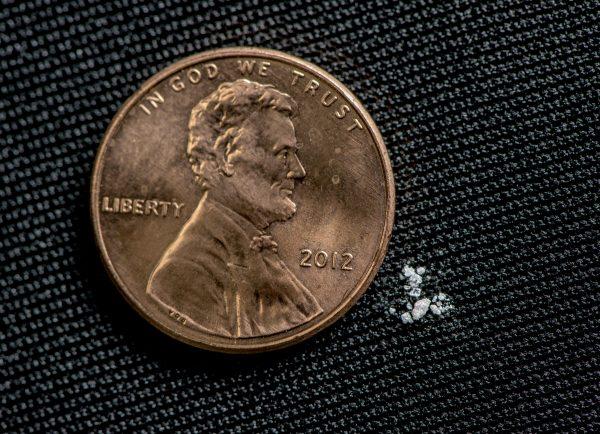
In late August, the secretary of the Mexican navy announced the seizure of an estimated 23,000 kilograms (50,706 pounds, or 25 tons) of powdered fentanyl from China, bound for Sinaloa.
The fentanyl was found in a container ship traveling from Shanghai under a Danish flag, to Mexico’s largest port on its west coast, Lazaro Cardenas in Michoacan state.
Related Gang Violence
Maltz said the gang violence on the streets of cities such as Chicago and Baltimore can be directly tied to Mexican cartels “a hundred percent.”“Jalisco cartel and the Sinaloa cartel have been fighting for territory in Chicago. The gangs are all receiving large amounts of drugs,” he said, adding that the former head of the Sinaloa cartel, Joaquín “El Chapo” Guzmán, built up territory all over Chicago. But when El Chapo started to get weak, the Jalisco cartel gained ground.
“Now you have the allegiance between the gang members and they’re just fighting like crazy in Chicago.”
Rep. Chip Roy (R-Texas) agrees and said they’re not just fighting over drugs. Roy said Homeland Security staff told him two weeks ago that the Gulf Cartel alone is making $2 million a week smuggling people.
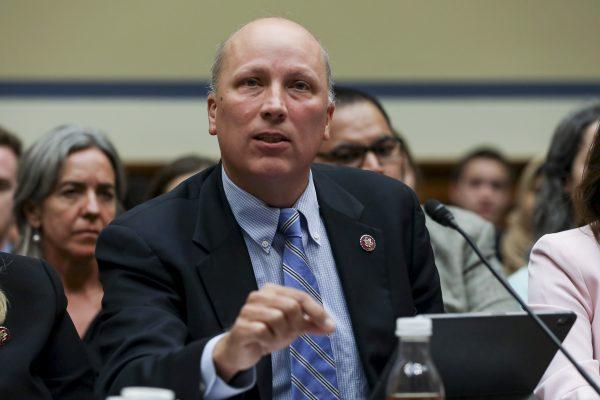
The State Department criteria for designating terror organizations is related to the Foreign Relations Authorization Act and requires that the group must be a foreign organization and that its “terrorist activity or terrorism must threaten the security of U.S. nationals or the national security (national defense, foreign relations, or the economic interests) of the United States.”
Current groups that have such a designation include Hezbollah, ISIS, HAMAS, Shining Path, Palestine Liberation Front, and al-Qaeda.
The Epoch Times asked the State Department if it had or was considering designating any Mexican cartels as terrorist organizations. A spokesperson said, “We don’t discuss deliberations or the potential deliberations of our designations process.”
The connection between terrorist groups and Mexican cartels has been proven.
A DEA investigation launched in 2008, called Project Cassandra, unraveled the cocaine trafficking operation between Hezbollah and the Los Zetas cartel into the United States and around the world. Hezbollah was sending huge amounts of laundered money back to Lebanon through cocaine shipments and used car sales.
Along the Border
Roy said the cartels are causing “enormous instability” along the border.“I think that they’re carrying out activities that are deserving of characterizing them as foreign terrorist organizations for targeting American citizens across our border, they’re moving people into our country for profit to undermine our national security and sovereignty,” he said.
“You’ve got people getting beheaded, burned, buried. You’ve got people that are held captive, beaten. Border Patrol has videos that they intercept where people are being beaten and then they send those videos back and hold families up to give money, hold them for ransom. This is what we’re allowing to happen in the greatest country in the history of the world. It’s absurd that we’re allowing that to happen on our southern border.”
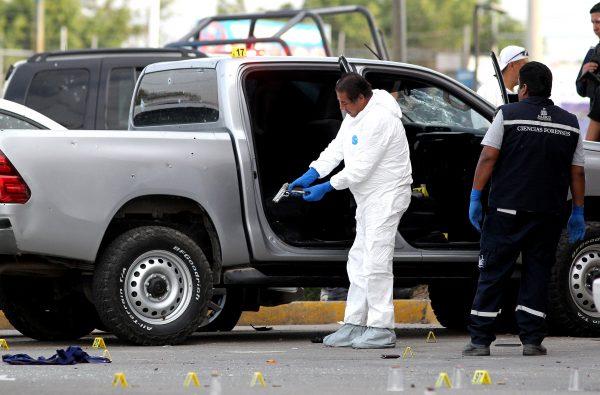
Roy said there are several possible reasons why the designation hasn’t gained more support.
“One, and maybe somewhat legitimate, is that there is always a question of sort of ideology, and what is driving the targeting and you don’t want to water down how we do terrorist organizations broadly,” he said. “But I believe that if you look at the intricate networks of these specific cartels and what they’re doing to target and terrorize our citizens, our country, and are destabilizing the region and so forth, I think that they would qualify.”
The second, and more likely, reason is that some people in the executive branch believe the new Remain in Mexico policy may become more difficult to implement, he said. Under Remain in Mexico, or Migrant Protection Protocols, the United States is sending asylum-seekers back to Mexico to wait out their asylum claim.
The White House didn’t respond to queries.
“At a minimum, we should be having a dialogue about what we need to do to target cartels,” Roy said. “What are we going to do to go knock the knees out from under the cartels? Sitting here while they take operational control of our border and cause chaos along our border is a complete nonstarter from my standpoint.”
Maltz said the lack of desire for a cartel terror designation is due to U.S. law enforcement agencies being territorial and parochial. But he thinks the Justice Department should set up an operational plan for the existing special operations division based out of Chantilly, Virginia. It was the group that ran Project Cassandra. The group’s primary agencies are the DEA, FBI, and Homeland Security, but it often pulls in the Treasury Department, and dozens of other agencies are represented.
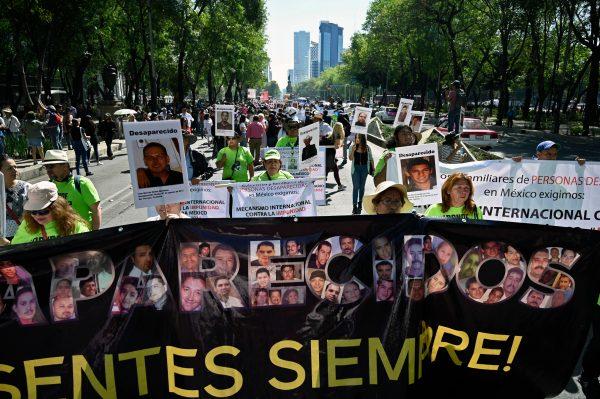
But, Maltz said, the cartels are stronger than ever and shouldn’t be underestimated.
“We’re talking about surface-to-air missiles, grenades. They have armored vehicles. They have big machine guns on the top of the vehicles,” he said. “I mean, these guys are brutal and ruthless. They have no shame in the world when it comes to death and destruction. They’re hanging people on fence posts, they’re cutting off heads, dropping people in acid—they’re relentless.”
